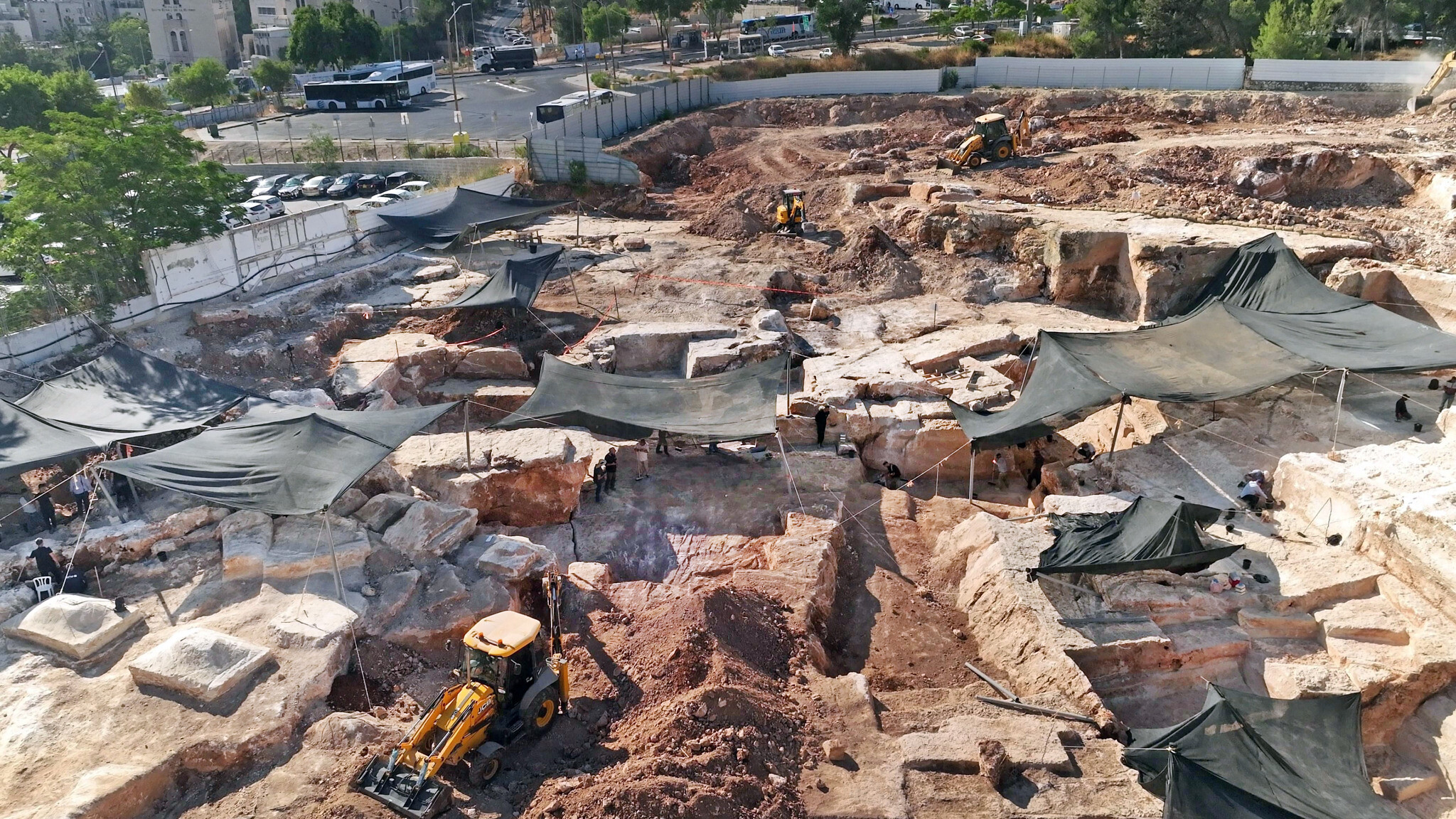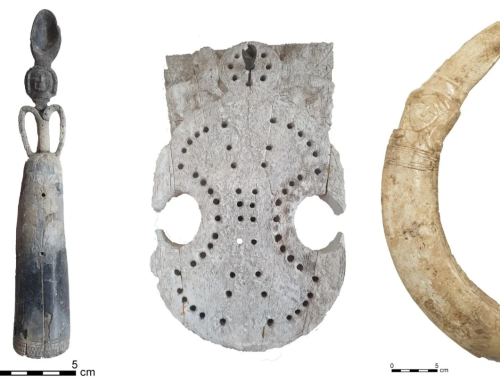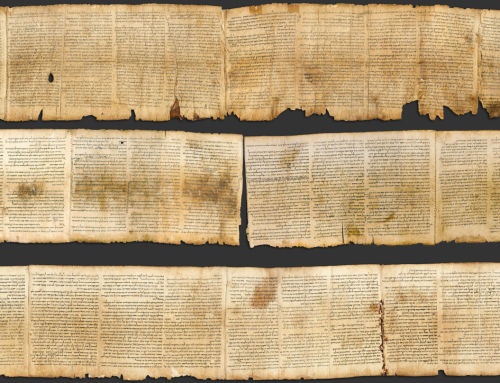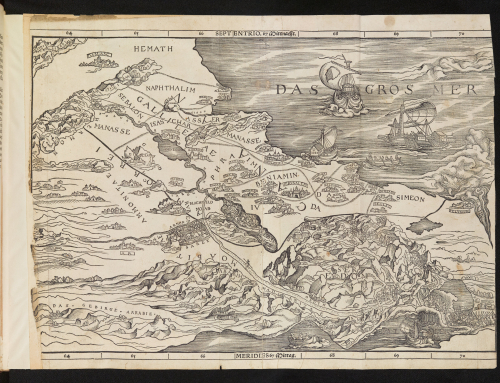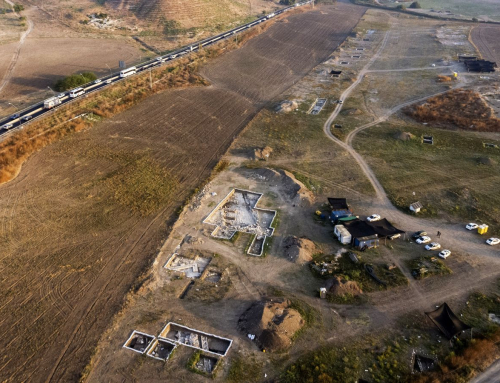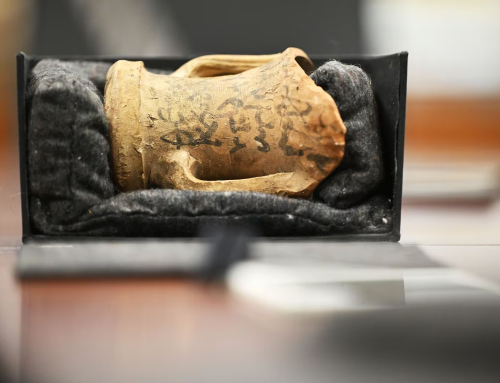At the quarry, located in the Har Hotzvim industrial area, “archaeologists uncovered tens of various-sized building stones, as well as quarrying and cutting trenches whose outlines indicate the size of the blocks being quarried,” the IAA said in a statement.
The archaeologists also discovered two stone bowl-like vessels, of a type that according to Jewish law cannot become ritually impure, “a find which by its nature always signals the presence of a Jewish population,” the IAA said.
The excavated area comprises some 3,500 square meters, just a small part of the total quarry. The area is to be preserved and incorporated into a planned 40-story industrial and commercial complex developed by the Vitania company, which discovered the site as part of the building process and funded the IAA investigation.
The quarry, based on the small amount of ceramics found at the site, was “in use for decades during the end of the Second Temple period,” up to the “generation before the destruction” in 70 CE, archaeologist Michael Chernin told The Times of Israel.
There are “tens of quarries in this area” dating from the same period, he added, speaking of the Har Hotzvim and Sanhedria neighborhoods. The location of these areas, only four kilometers (2.5 miles) from the Old City, was an ideal source for building materials for King Herod’s massive projects, Chernin said.
“In the ancient world, there were a lot of technologies to shape the stones, and special carts designed to carry them. The Old City isn’t so far,” he said. There are many cases from the same period of larger stones being transported much further, he added.
The majority of building stones extracted from the quarry were “huge rock slabs” weighing around two and a half tons.
“The impressive sized stones this quarry produced likely attest to their intended use in one of Jerusalem’s many royal construction projects in the late Second Temple period, beginning under King Herod the Great’s reign in 37-4 BCE,” said Cherning and archaeologist Lara Shilov, co-directors of the excavation, in a statement.
“Historical sources tell us that Herod’s construction projects in Jerusalem included, first and foremost, the expansion of the Temple Mount area and the Temple itself. In addition, during his reign, a series of impressive public buildings – palaces and fortifications – were built throughout the city, requiring a huge supply of high-quality construction stones. Monumental construction projects continued in the city under his successors as well,” the archaeologists added.
A separate, ongoing IAA excavation in Jerusalem’s City of David had previously revealed a Second Temple-era paved street, called “the stepped street” or “the Pilgrim’s Road,” which was built using stone slabs of the exact size and thickness, as well as the same “geological signature” as those uncovered in the Har Hotzvim quarry.
Therefore, “it is reasonable to assume, with due caution, that at least some of the building stones extracted here were intended to be used as pavement slabs for Jerusalem’s streets in that period,” Chernin and Shilov said.
One intact stone vessel the archaeologists found at the site was “discovered almost by chance” after being set aside in a corner for 2,000 years, the archaeologists said.
“This is a stone purification vessel of the type that served the Jewish community during the Second Temple period,” explained Shilov. “It is possible that it was produced on the spot in the quarry itself, or was especially brought to the site for the benefit of the workers.”
The vessels are to be displayed to the public this summer during organized tours at the IAA’s new facility, the Jay and Jeanie Schottenstein National Campus for the Archaeology of Israel, located in Givat Ram, Jerusalem.
Original Article – Massive Second Temple-era stone quarry uncovered in Jerusalem industrial area | The Times of Israel

